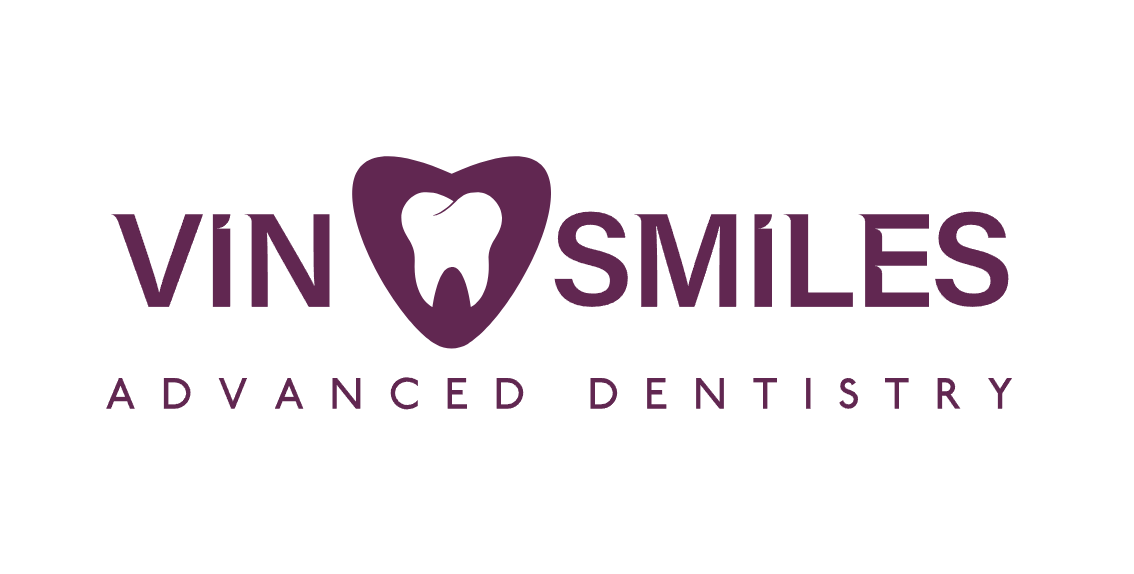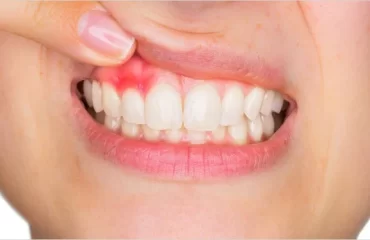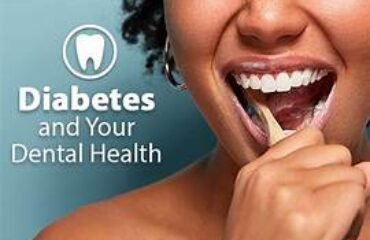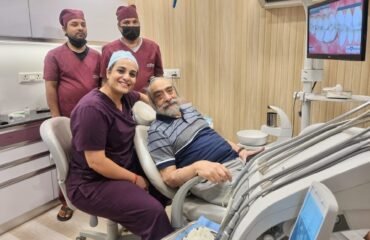 USE OF LASERS IN DENTISTRY How are LASERS used in DENTISTRY ?Lasers in Dentistry can be used as an effective treatment option for a wide range of dental procedures. Dental laser is a tool which is used for surgeries, in setting restorative materials and for enhancing tooth shade (tooth whitening). It is also used to remove the tooth structure to eliminate disease. What is a laser and how does it work?A laser is an instrument that produces a very narrow, intense beam of light energy. When laser light comes in contact with tissue, it causes a reaction. The light produced by the laser can remove or shape tissue. Application of lasers in dentistry
USE OF LASERS IN DENTISTRY How are LASERS used in DENTISTRY ?Lasers in Dentistry can be used as an effective treatment option for a wide range of dental procedures. Dental laser is a tool which is used for surgeries, in setting restorative materials and for enhancing tooth shade (tooth whitening). It is also used to remove the tooth structure to eliminate disease. What is a laser and how does it work?A laser is an instrument that produces a very narrow, intense beam of light energy. When laser light comes in contact with tissue, it causes a reaction. The light produced by the laser can remove or shape tissue. Application of lasers in dentistry - Reducing the discomfort of canker and cold sores.
- More efficient, precise and shorter procedure time.
- Exposing partially erupted wisdom teeth.
- Removing muscle attachments that limit proper movement.
- Managing gum tissue during impressions for crowns or other procedures.
- Removing overgrown tissues caused by certain medications.
- Performing biopsy procedures.
- Removing inflamed gum tissues and aid in the treatment of periodontal disease.
- Removing or reshaping gum and bone tissues during crown lengthening procedures.
- Treating infections in root canals.
- Tooth whitening.
- For treating gum disease
- For treating hypersensitivity
- For treating tooth decay
- For teeth whitening
- minor discomfort and no complications at all are seen after the treatment.
- some discomfort is experienced in patients with very sensitive gums for a short period of time.
- no precautions have to be taken post treatment.
- speak and eat normally immediately after the procedure.
- Soft tissue lasers lower the need for sutures.
- Use of soft tissue laser results in blood clotting. This minimizes bleeding.
- Local anaesthesia is not required .
- Laser sterilizes the area making it less prone to bacterial infection.
- Regeneration of tissue becomes possible and lasers enable wounds to recover faster.
- Less damage to the surrounding tissues.




